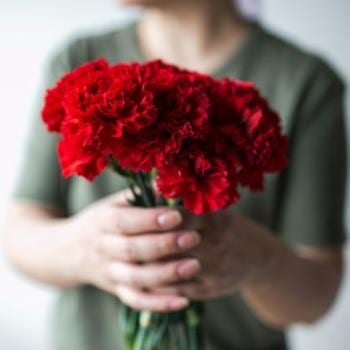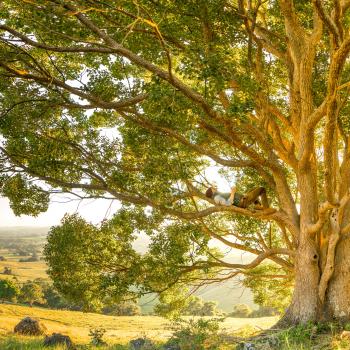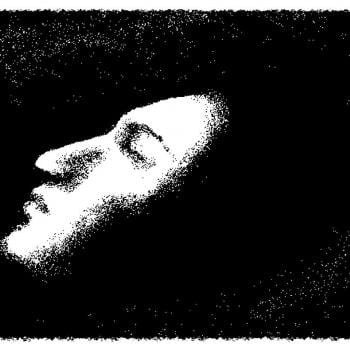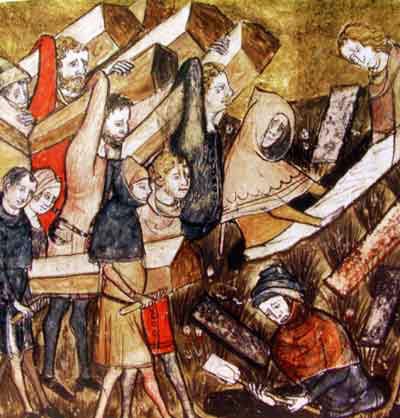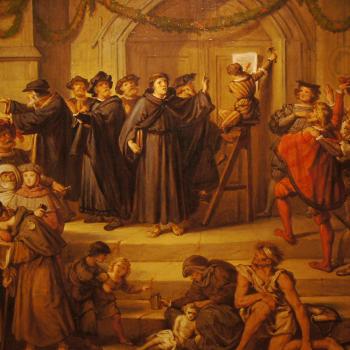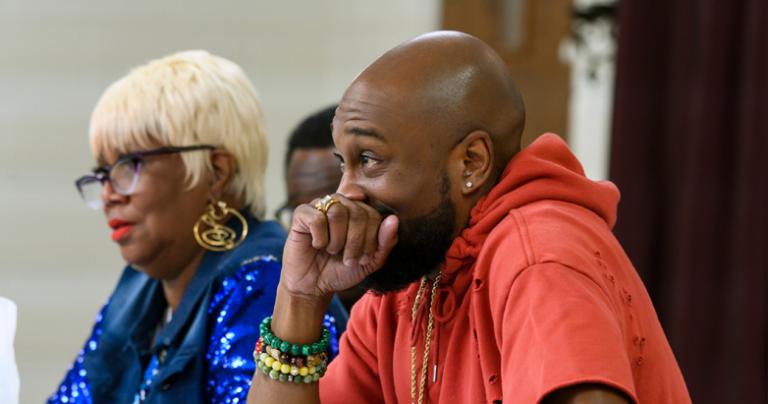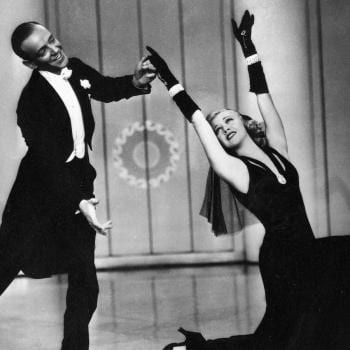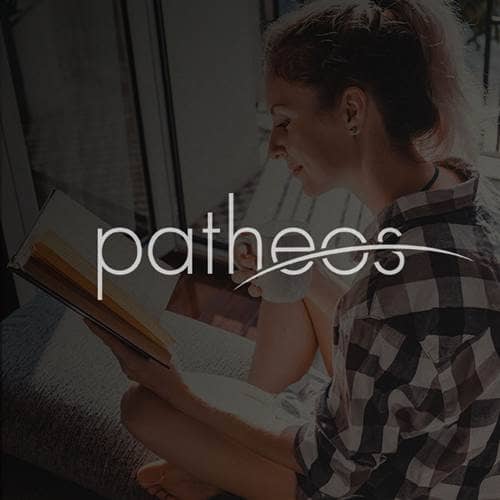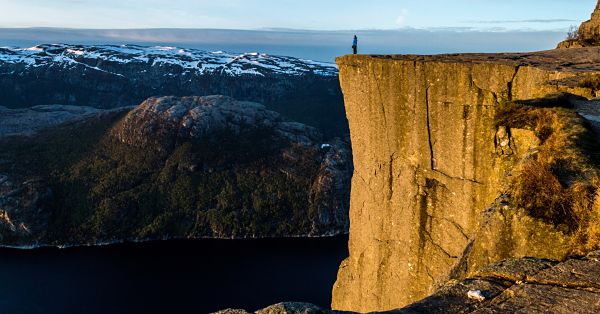- Trending:
- Pope Leo Xiv
- |
- Israel
- |
- Trump
- |
- Social Justice
- |
- Peace
- |
- Love

RELIGION LIBRARY
Zen
Rites and Ceremonies
Like most monks throughout the Buddhist world, Chan and Zen monks spend much of their time presiding over rituals for the benefit of the lay participants in the tradition. These include all of the events on the Buddhist ritual calendar, especially, in Japan, Obon, the yearly Ghost Festival during which spirits of the dead visit the living. Zen monks preside over rituals on behalf of individuals as well, particularly funerals and other rites on behalf of the dead.
The structure of the current Japanese Buddhist funeral ritual is derived from funeral rituals for Chan abbots that emerged in China in the 11th century. While funerals for ordinary Chan monks were geared toward assuring their rebirth in the Pure Land, these emerging rites for Chan abbots followed some of the Confucian traditions for burials of members of the nobility, specifically those for the burial of deceased parents. A uniquely Chan element was that the abbot would be placed in a round coffin, in the posture of seated meditation.
By the late 13th century, a ritual structure similar to this had been adopted in Japan for funerals of deceased lay patrons. These rites included a variety of key aspects: a portrait of the deceased was prominently displayed; the deceased was ordained as a Buddhist monk; the corpse was dressed in monk's clothing; and the deceased was given a Buddhist name and a certificate that placed that name at the end of a lineage of enlightened masters beginning with the Buddha and extending to the current head of the presiding temple. In effect, the deceased became an enlightened Zen monk, having posthumously received a direct mind-to-mind transmission of the dharma.
By the 15th century, elements of this ritual structure had been incorporated into all Zen funerals, not only for members of the nobility, but also for people from any class. There is some indication that these funerals were even targeted toward the lower classes. The deceased would be ordained and dressed as a monk; even the head would be shaved. The body was typically cremated, and while the body burned, the officiant preached a sermon that typically repeated a question-and-answer sequence such as one might encounter during a koan session with the Zen master. It was a dramatic performance that enacted the process of reaching enlightenment on behalf of the deceased.
Ordination could take place after death, but this ritual process of funerals was also associated with ceremonies that included mass ordinations of lay followers, all of whom took the precepts of a monk. These ordination ceremonies included vows not to lie, kill, steal, and so forth, as well as bodhisattva vows to postpone one's enlightenment until all sentient beings have been liberated. The power of having taken the precepts was considered to be permanent, regardless of subsequent behavior.
It is likely that there was an element of competition with Pure Land Buddhism at work in this process of providing a "short cut" to a better rebirth. While this new funeral structure made salvation much easier for lay people, the priest had the more difficult job of generating the spiritual power necessary to assure the enlightenment of the deceased.
Today most funerals in Japan are Buddhist, and all involve awarding a Buddhist name to the deceased. The family is given a tablet with that Buddhist name on it, which is often placed on a butsudan, or Buddhist altar in the home, before which a family member will burn incense and chant sutras. The ritual is regarded as effective in assuring a better situation in the afterlife, but its power is much diminished from those earlier ritual forms, and the association of the ritual structure with enlightenment is lost to most lay participants.
Buddhist monks must be trained, and these days some attend Buddhist colleges and universities. Many, even those who are not members of the sect, also go to Zen monasteries for training, the elements of which are highly ritualized. Training includes daily meditation sessions, as well as periodic intensive sessions, called sesshin ("gathering the mind"), which last a week or more, and are held five or six times a year. A sesshin involves long hours of sitting meditation, or zazen, sometimes as many as twenty hours a day. Meditation sessions are interspersed with walking meditation (kinhin), a daily lecture, and individual interviews with the master (dokusan, sanzen, or nyushitsu), as well as daily chores.
In Rinzai Zen monasteries, monks in training typically receive a koan upon which they are to concentrate constantly. During each meeting with the master, they will present possible responses to the koan, which will be either accepted or rejected. The master may berate them, mock them, call them names, or even strike them if they are unable to answer correctly. This is intended to intensify the desire to grasp the koan. Sometimes, when a koan is "passed," there will be a series of exchanges of jakugo, or "capping phrases," between monk and master, further signifying the monk's understanding of the koan. The monk will then be given a new koan to solve.
There are longer training periods, often for months at a time, for those monks who are most interested in spiritual development. Those who participate in this intensive training will study classical Buddhist and Zen texts, memorize long passages, and write frequent essays as well as poetry in classical Chinese, in both cases using the calligraphy brush to write.
Most do not go to the monastery for this level of training. They are there for a few years to prepare for positions as family priests, and may not approach their practice with the same level of dedication and rigor as those who are pursuing vocations as Zen scholars or meditation teachers. Critics of Suzuki and other popular works on Zen also point out that few monks or priests engage in the artistic practices that are so appealingly presented in these works. Zen artist-monks are exceptional individuals. Zen practice does not automatically lead to artistic excellence, and Zen painting and poetry are not part of the typical monastery's curriculum.
Study Questions:
1. Contrast the Zen funeral as developed in the 11th, 13th, and 15th centuries.
2. Why were common people ordained after dying?
3. What types of training do monks receive at Zen monasteries?
4. What is the role of art within the Zen monastery?

